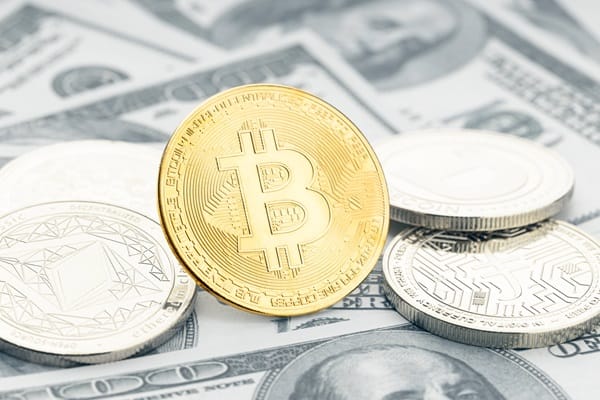Bussiness
Gold hits new high then retreats – London Business News | Londonlovesbusiness.com

This week, the gold market has experienced a rollercoaster of prices, with a new all-time high of $2,450.00 per ounce followed by a drop to the $2,400.00 zone.
What is behind this volatility? Primarily, statements from several representatives of the U.S. Federal Reserve have shaken the market, according to their pronouncements, interest rate cuts are not near the horizon due to persistent inflationary pressures.
Raphael Bostic, president of the Atlanta Federal Reserve, has emphasized the urgent need to control inflation, anticipating that this goal could be achieved by 2025.
This conservative approach has resonated with other Fed members, who have also underscored the importance of keeping interest rates high until inflation is controlled. This shift in tone has directly impacted market expectations, which now see a rate cut in September as less likely, shifting bets towards a possible adjustment in November.
Investors pay close attention to every statement from Fed officials, as these directly influence their investment decisions. Uncertainty about the future of interest rates and monetary policy affects market perception, causing significant movements in the prices of gold and other financial assets.
The market’s response has been clear: the dollar strengthens, and yields increase. This dynamic reduces the appeal of gold as a haven, contributing to the recent price decline. However, it is important to note that this drop does not mark the end of the precious metal’s upward trend. Gold remains a sought-after asset in times of economic and political uncertainty, and only a notable resurgence of inflation could cause a more pronounced fall in its price soon.
Ultimately, the current volatility in gold reflects the complexity of financial markets and sensitivity to monetary policy decisions. As investors weigh the signals from the Federal Reserve and assess inflationary risks, we will likely see more gold price fluctuations in the coming weeks and months. However, in the long term, its status as a safe-haven asset and its inherent demand as a store of value should maintain its upward trajectory despite temporary ups and downs.










